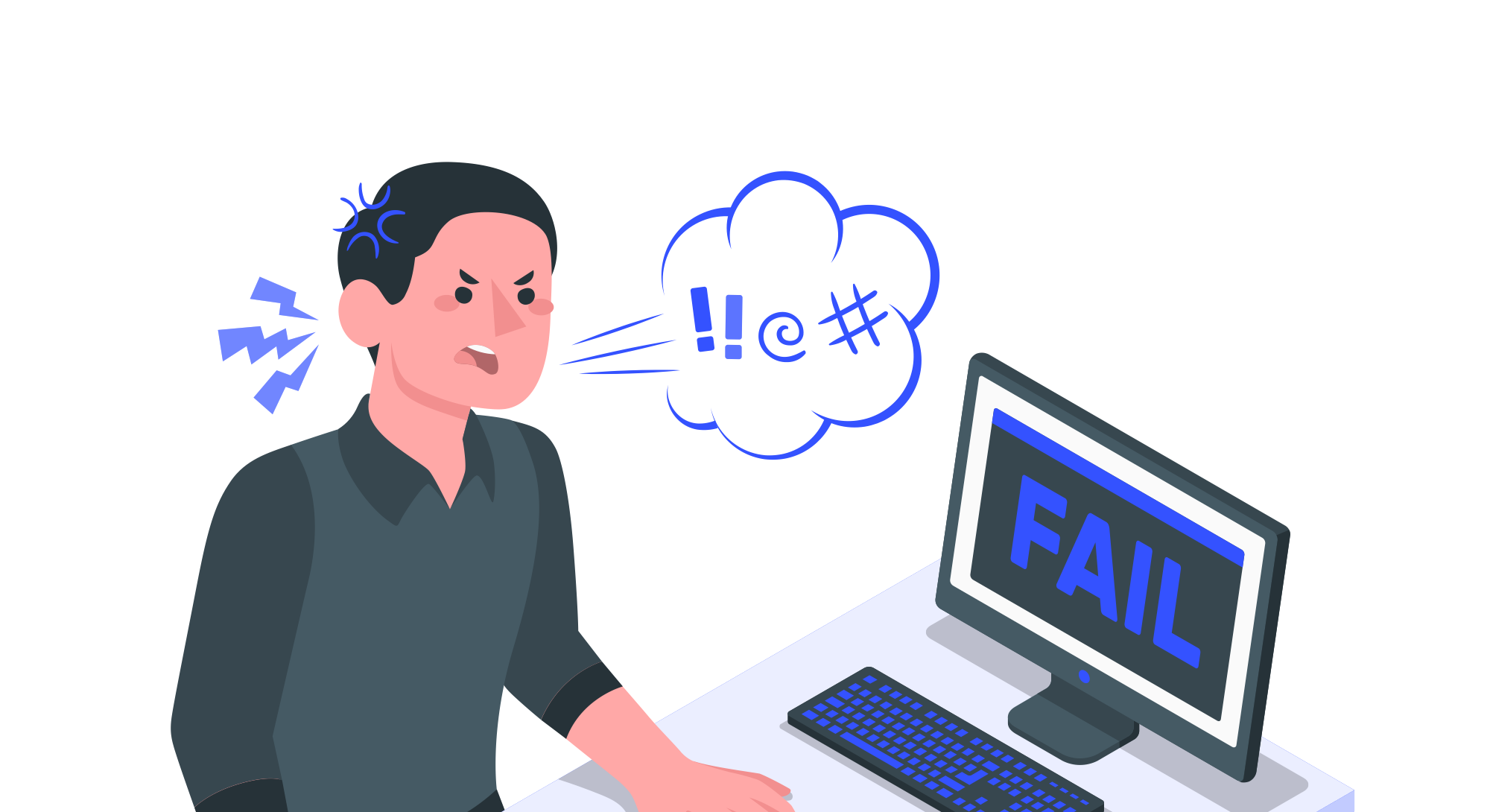10 Ways to Make Your Goals Fail, and What to Do Instead: #4
This post is part of our series answering the question, “Why do my goals and New Year’s resolutions keep failing? How do you make effective goals?” For best results, first check out the Introduction, instructions, and table of contents.
TL;DR
Use specific goals to break down broad Vision goals so it’s easy to create actionable plans, track progress, assess and celebrate success, and readjust as needed.
Action Potentials:
Set a few specific goals as stepping stones to create your Vision goals
The Devil Angel is in the Details
Just as having only specific goals is a problem (see Fatal Error #3), so is having no specific goals. A Vision (general goal) alone can’t provide the rewarding satisfaction that comes from finishing a goal, nor does it give clear direction on what to actually do day to day. In contrast, a specific goal makes it easy to create an actionable plan, track progress, assess success, and readjust as needed.
No wonder a consistent finding of research on goals is that specific goals help people achieve tangible outcomes. Their effectiveness holds true regardless of culture, setting, time span, whether the goal is for individuals or groups, or whether the context is business, education, skill-learning, health, or mental abilities [1].
The ideal, then, is to pursue both Vision goals and specific goals.
Craft the latter to contribute to the former: use specific goals to break Vision goals into smaller, manageable, clearly-defined pieces.
For example, if your Vision goal is to become a talented dancer, helpful specific goals could include:
- watch professional dancers for 20 minutes every day
- join a local dance class or club
- get a coach or dance partner
- practice dancing for 10 hours every week
- do other cardio, flexibility, and/or strength training 3 times/week, 1 hour each
- successfully perform a pirouette, a windmill, or other specific dance moves
- share recordings of yourself dancing with people who give helpful feedback
- participate in the ____ dance competition
- win the ____ dance competition
If your Vision goal is related to career success, then your specific goals might include:
- degrees to obtain
- certifications to pass
- companies to work for
- promotions to get
- connections to make
- skills to build
- sales to complete
- profit to make
Again, clearly define each step to achieve “career success” (whatever that means to you), then each step becomes one of your specific goals.

“A journey of a thousand miles begins with a single step.”
-Laozi 老子
You should also break down large, specific goals into even smaller pieces, such as short-term sub-steps and actionable plans. For instance, if I want to win a dancing competition, I need a detailed plan of how I’m going to do that. How will I decide my dance routine? Who can help me choreograph and give coaching or feedback? How often do I need to practice, and how? etc. (See Fatal Error #8 for more tips on effective plans – they’re critical!).
~~~~~~~~~~~~~~~~~~~~~~~~~~~~~~~~~~~~~~~~~~~~~~~~~~~~~~~~~~~~~~~
Not sure how to break things into actionable steps? Get free expert guidance.
~~~~~~~~~~~~~~~~~~~~~~~~~~~~~~~~~~~~~~~~~~~~~~~~~~~~~~~~~~~~~~~
If you fail to set specific goals, it’s all too easy to feel too intimidated to start, or to know how to start. There’s no clear direction, nothing to track, no clear actions to take, no accountability, and no feelings of progress to maintain your motivation. Uncertainty activates your brain’s stress responses and other survival instincts, decreasing your drive to take risks, face new challenges, and try unfamiliar, high-energy behaviors [2].
Overall, the…(ahem)…goal is to use specific goals, sub-goals, and actionable plans to turn your big, ambitious Vision goal into a series of easy, little steps that you can believe in, track, and act on, starting today.
Subscribe to “Ask a Neuroscientist” so you don’t miss future life-changing posts!
References:
- Locke, E. A., & Latham, G. P. (2006). New Directions in Goal-Setting Theory. Current Directions in Psychological Science, 15(5), 265–268.
- Peters A, McEwen BS, Friston K. Uncertainty and stress: Why it causes diseases and how it is mastered by the brain. Prog Neurobiol. 2017 Sep;156:164-188. doi: 10.1016/j.pneurobio.2017.05.004. Epub 2017 May 30. PMID: 28576664.

